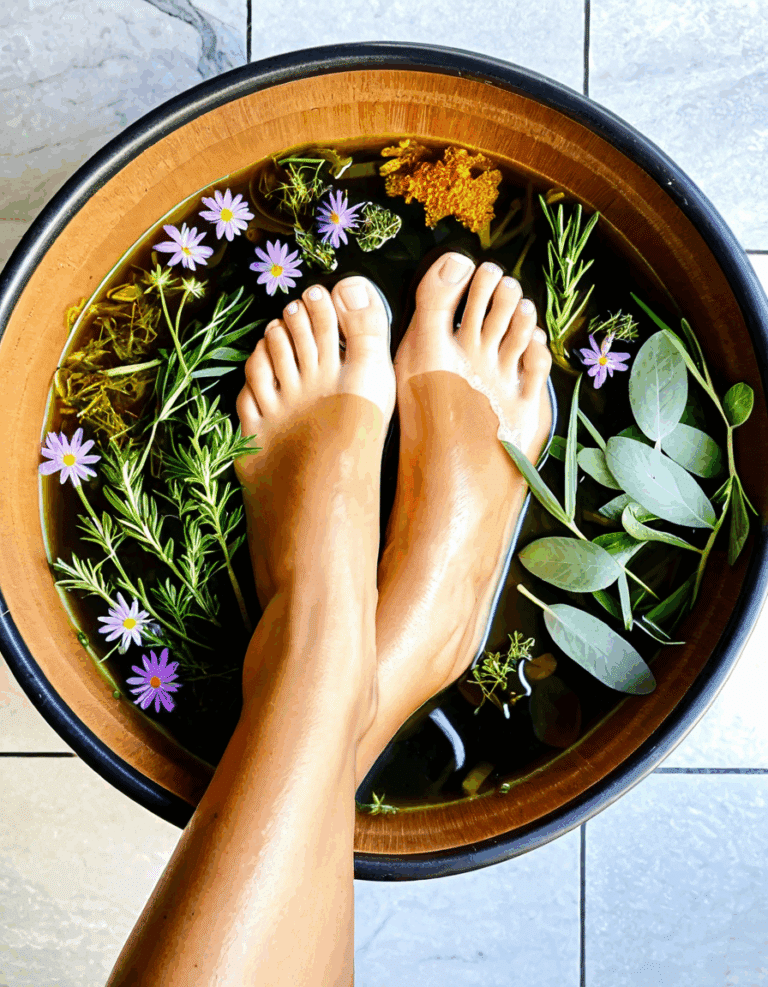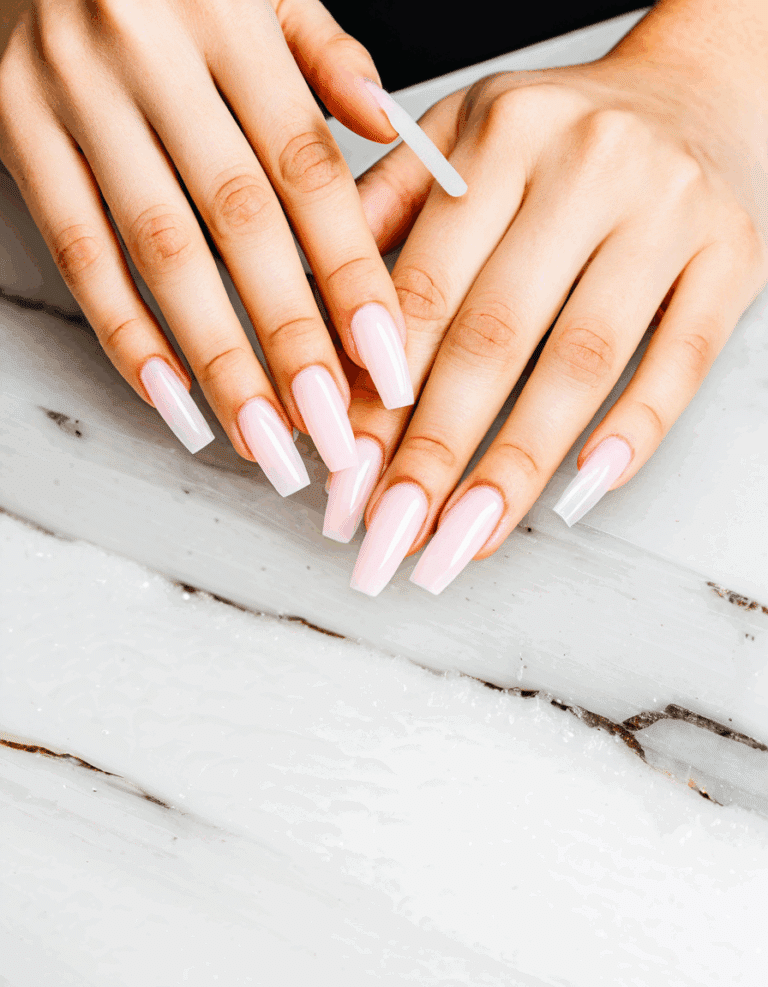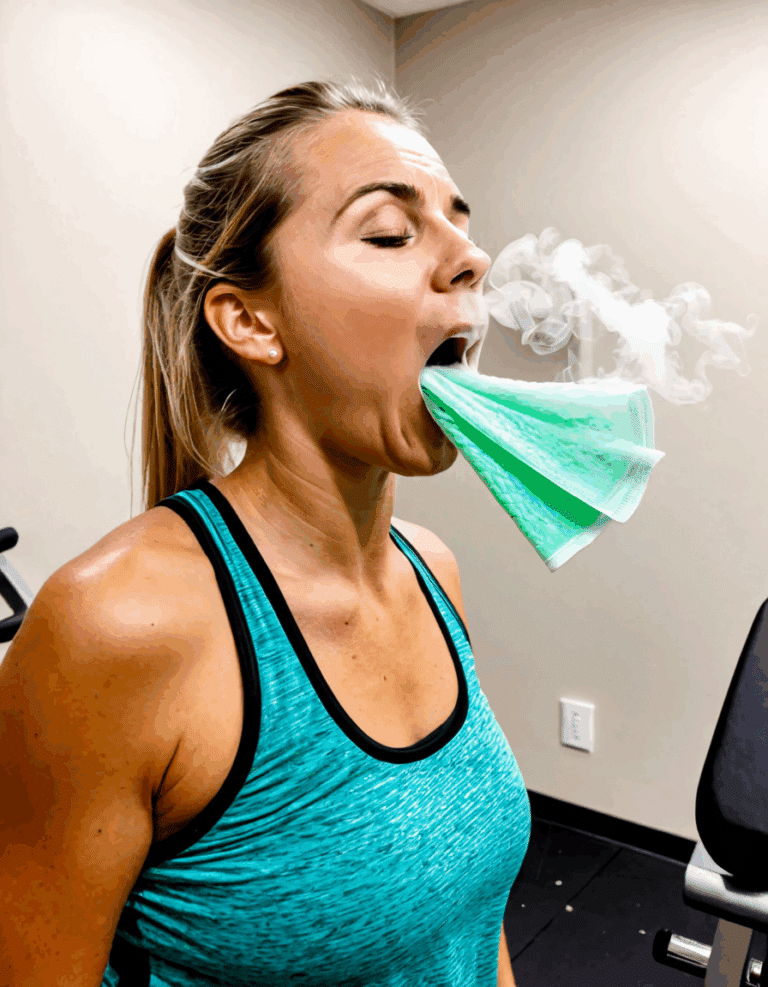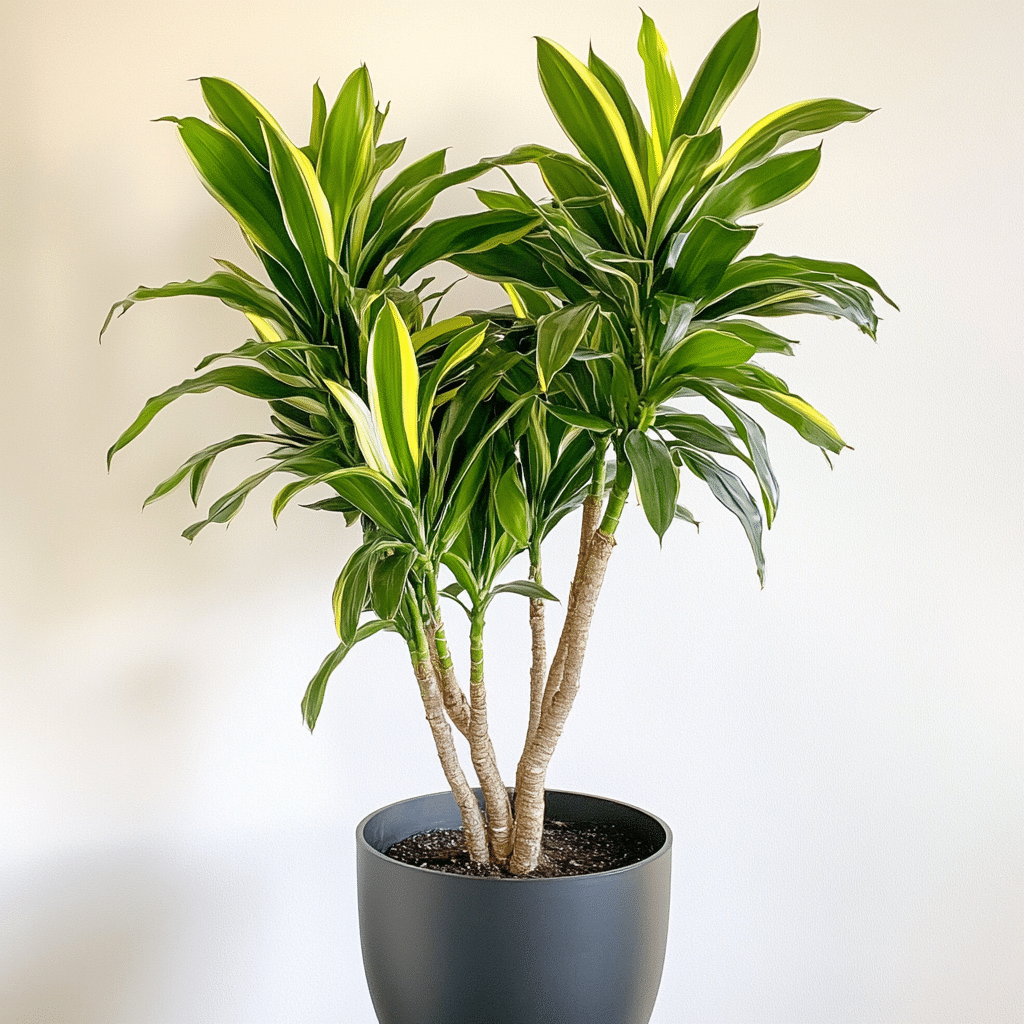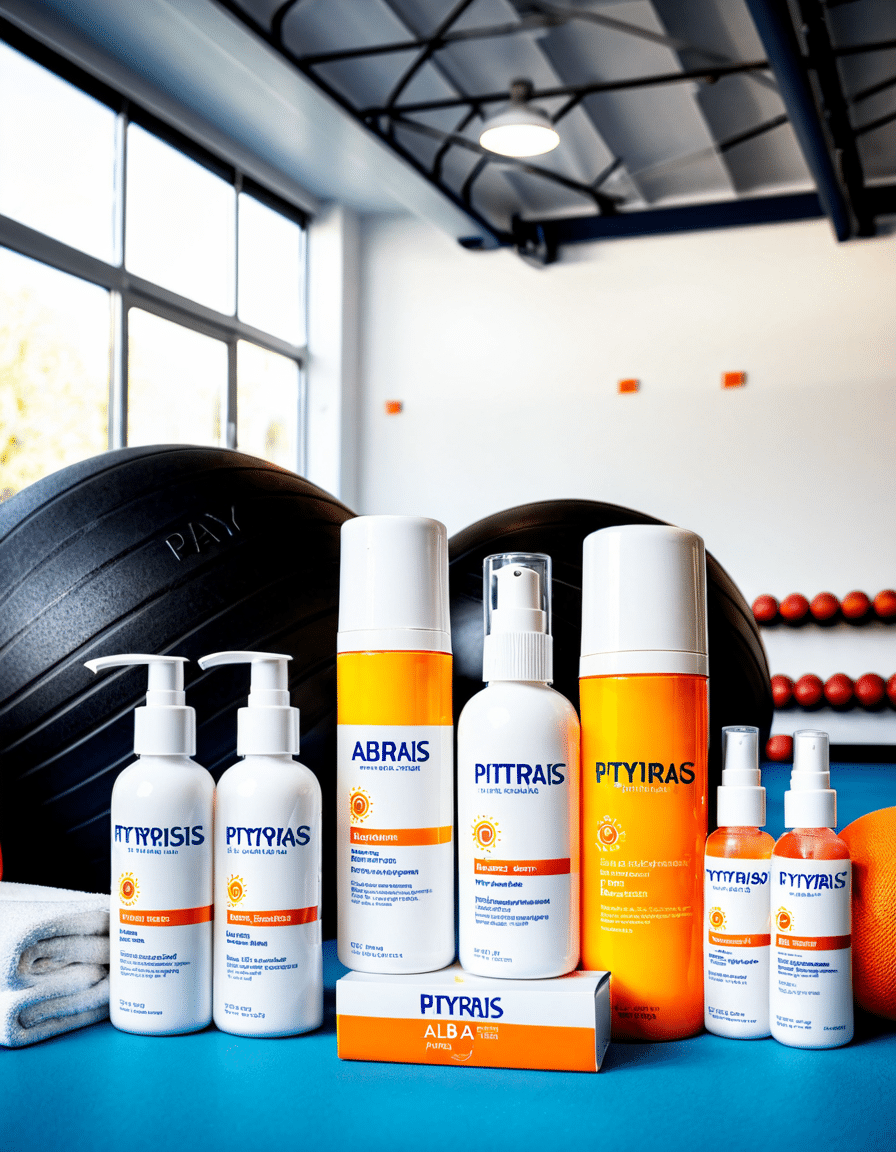Aging is a reality we all must face, and with it comes certain skin conditions that can sometimes throw us for a loop. One such condition is senile purpura, which manifests as those unmistakable purple or brownish spots on the skin. It’s most common in older adults, particularly on the forearms and hands. While senile purpura isn’t harmful, it can reveal the fragility of the blood vessels beneath. Let’s dive deep into what causes this condition and the various treatments that can help enhance your skin’s appearance and overall health.
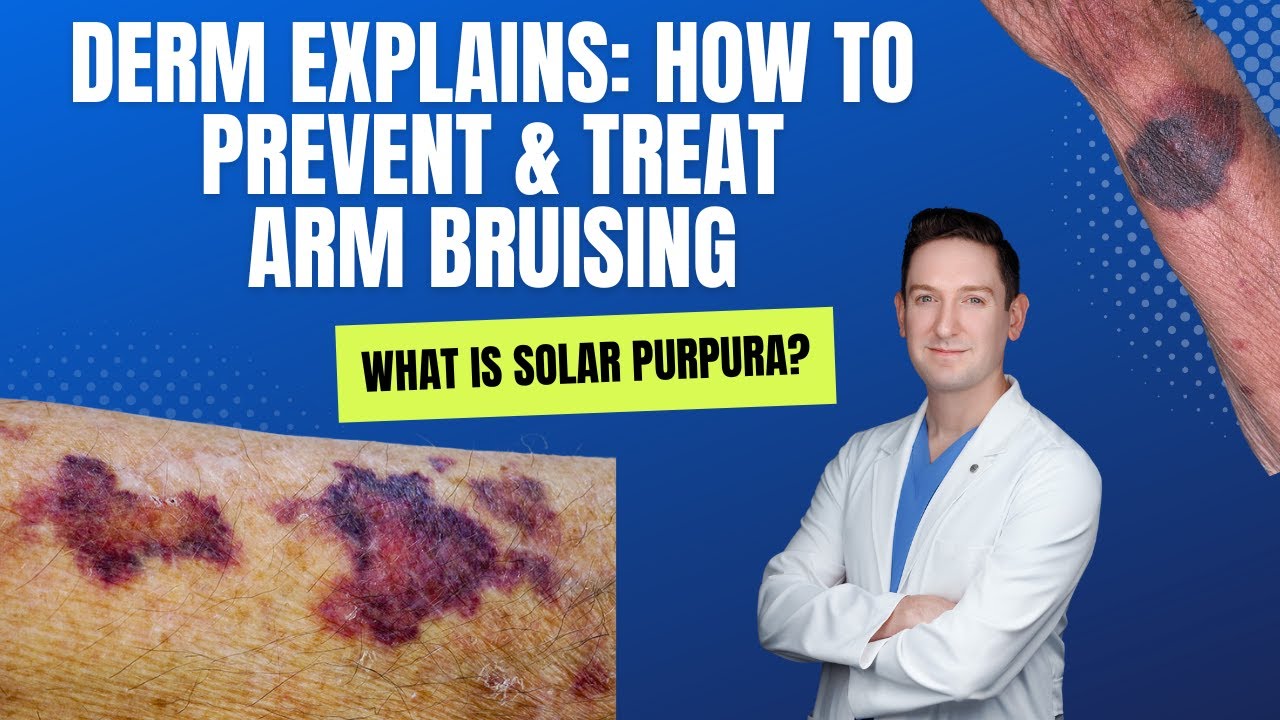
What is Senile Purpura?
So, what exactly is senile purpura? This skin condition arises primarily due to the thinning of the skin and loss of elasticity as we age. As skin becomes thinner, even minor trauma—like a bump against a doorknob—can lead to noticeable bruising. It primarily affects areas often exposed to harm. It’s a reminder that our skin needs some care and attention, especially when we get older.
Aging causes a natural degradation of collagen and elastin, essential proteins that keep your skin strong and supple. When these proteins diminish, your skin becomes fragile, increasing the likelihood of senile purpura. It’s like a paycheck you were counting on disappears—leaving you unprepared to handle unexpected costs! Understanding this can encourage us to take steps to mitigate its effects.
If you’re wondering why some folks seem more prone to senile purpura, genetics can also play a significant role. Family history affects how your skin ages. If your grandparents had weak blood vessels, you might find yourself in the same boat. This points out the critical importance of taking proactive measures, especially if aging gracefully is on your radar.

The Causes of Senile Purpura
Alright, let’s break down the causes of senile purpura. The most significant factor behind this condition is the degradation of collagen and elastin in our skin. Sun exposure is often a major culprit. Regularly basking in the sun without proper protection can accelerate this degradation, leading to quicker signs of aging.
However, it’s not just the sun that can put you at risk. Certain medications, particularly anticoagulants or steroids, can exacerbate the condition. If you’re on medication, especially those affecting blood clotting, it’s essential to have a chat with your healthcare provider. Knowledge is power, my friends!
Genetics are another significant contributor. If vascular issues run in your family, chances are you could be more susceptible to senile purpura. Lastly, underlying health issues can play a role. Conditions like caput succedaneum, which reveals the vulnerability of vascular structures, might not directly link but emphasize how easily blood vessels become fragile as we age.
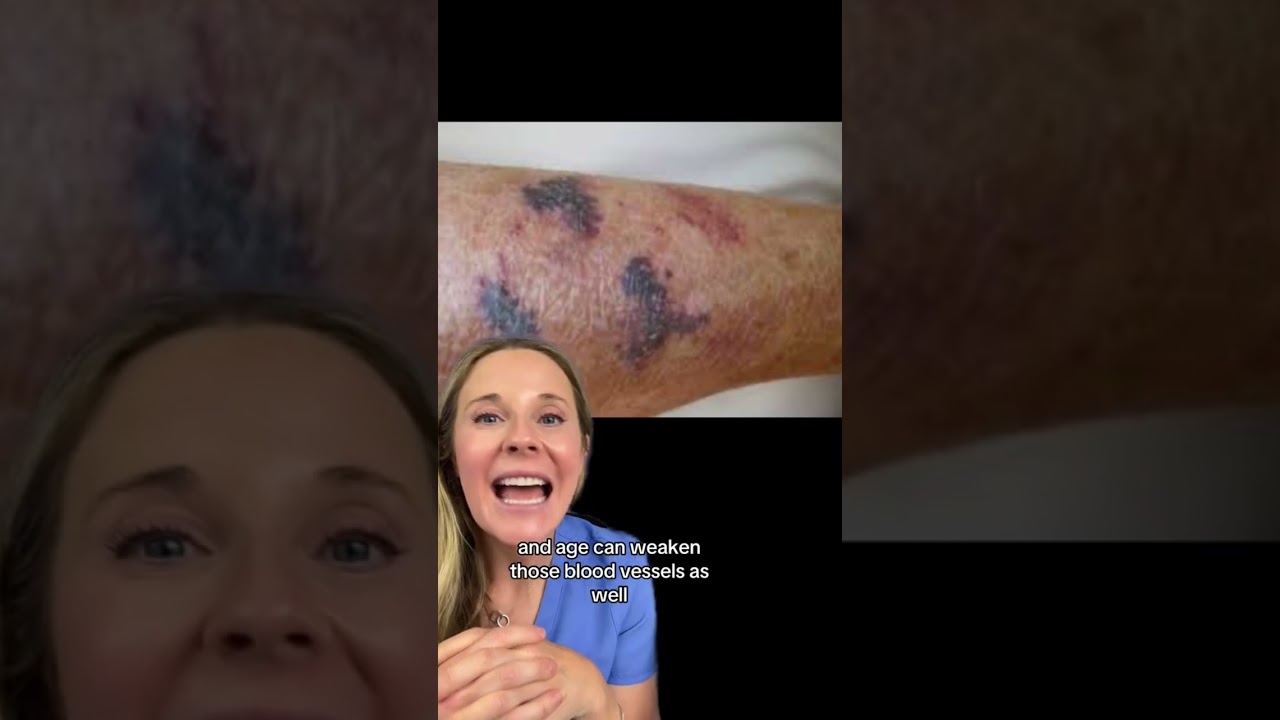
The Top 5 Treatment Options for Senile Purpura
Now that we know what senile purpura is and what causes it, let’s talk treatments. Even though senile purpura isn’t usually dangerous, there are ways to improve comfort and appearance. Here are five solid treatment options to keep your skin looking fresh:

Common Misunderstandings of Senile Purpura
Let’s unpack some misconceptions about senile purpura. Many mistakenly believe that purpura spots mean a severe health issue is lurking beneath the surface. While it’s true that some conditions, like proctalgia fugax, can indicate systemic problems, that’s not the case here! Senile purpura is often merely a reflection of aging without any substantial underlying issues.
To give you a broader context, comparing senile purpura with other skin conditions can prove enlightening. For example, pectus excavatum is a structural chest defect that impacts appearance but is not life-threatening, just like senile purpura doesn’t pose serious health risks. Understanding these distinctions helps demystify what’s going on with your body as you age.
Another point of confusion lies in caput succedaneum, a condition seen more in newborns that highlights the fragility of blood vessels. So whether you’re dealing with a bruise from dropping your phone or encountering color changes in your skin, it’s crucial to grasp the differences and not jump to conclusions.

Innovative Approaches to Preventing Senile Purpura
Preventing senile purpura revolves around sustaining skin health and strengthening blood vessels. Innovations in skincare are emerging every day. For instance, peptide-infused serums can give your skin a fighting chance against aging effects. Brands like SkinCeuticals are crafting products aimed explicitly at the aging population’s needs.
Another exciting trend is the rise of nutraceuticals, which combine essential vitamins and minerals with skincare tech. They reflect a proactive attitude toward skin health. Why not give your body the arsenal it needs to keep those nasty purpura spots at bay?
As we consider the future of skincare for the elderly, we see a clearer emphasis on developing effective routines that marry skincare with health benefits. Products are beginning to fuse aesthetics and health, ensuring anyone can look their best for years to come. Embracing these innovative approaches not only enhances your skin but fundamentally shifts how we perceive aging.
In closing, understanding senile purpura opens doors for preventive measures and treatments aimed at achieving healthier skin. By staying informed and proactive, you can maintain a youthful appearance while boosting your overall well-being. Keep your body strong, your mind clear, and remember: aging is a privilege, so let’s do it with a bang!
With the right strategies, there’s no reason we can’t age gracefully, looking and feeling our absolute best. If you’re curious about how to further incorporate skin health into your routine, check out these cereal Brands For healthy Breakfasts that support your journey. And if you’ve ever wondered What time it Is in Afghanistan while traveling—knowledge is key everywhere you go! Keep those spirits high, and let’s get shredded!
Senile Purpura: Fun Trivia and Interesting Facts You Should Know
The Basics of Senile Purpura
Senile purpura, also known as actinic purpura, is that pesky bruising that often pops up on the arms and hands of older adults. Believe it or not, this condition isn’t just a sign of aging; it actually has some fascinating underlying causes. As skin thins with age, it becomes more prone to injury and bruising, almost like a pair of skinny jeans that just doesn’t fit anymore! Did you know that about 60% of adults over 50 have experienced senile purpura? Yup, that’s a staggering number! For those dealing with this, self-care can be essential, much like managing conditions such as tinea pedis through proper self-care practices.
Treatments and Home Remedies
When it comes to treating senile purpura, options are generally focused on prevention, much like the preventive measures folks take with cholesterol management using medications like Nexletol. Simple solutions like moisturizing the skin regularly can make quite an impact, encouraging younger skin to maintain its elasticity. For those looking to remove acrylic nails safely at home, learning How To get acrylic Nails off gently can also serve as a reminder that careful handling is key when managing any delicate skin issues.
Fun Facts to Ponder
Here’s where it gets downright interesting! Did you know that the darker the bruise, the more time it has had to heal? That’s right! Just like the suspense in horror Movies in Theaters, where tension builds over time, a bruise turns from a red hue to a deep purple before it fades away. Interestingly, certain medications, like nadolol, can also increase the risk of bruising, making it important to consult with a healthcare provider about any potential side effects. Speaking of side effects, it turns out that our diet plays a pivotal role too. For example, increasing Vitamin K-rich foods can help strengthen those fragile blood vessels. Just think about that next time you sip on a beverage from your Cirkul Cartridges!
There you have it, some engaging and enlightening tidbits about senile purpura that might just surprise you. As you navigate through life, keeping these fun facts in mind can not only provide context but also boost your understanding of this common yet often overlooked condition.


